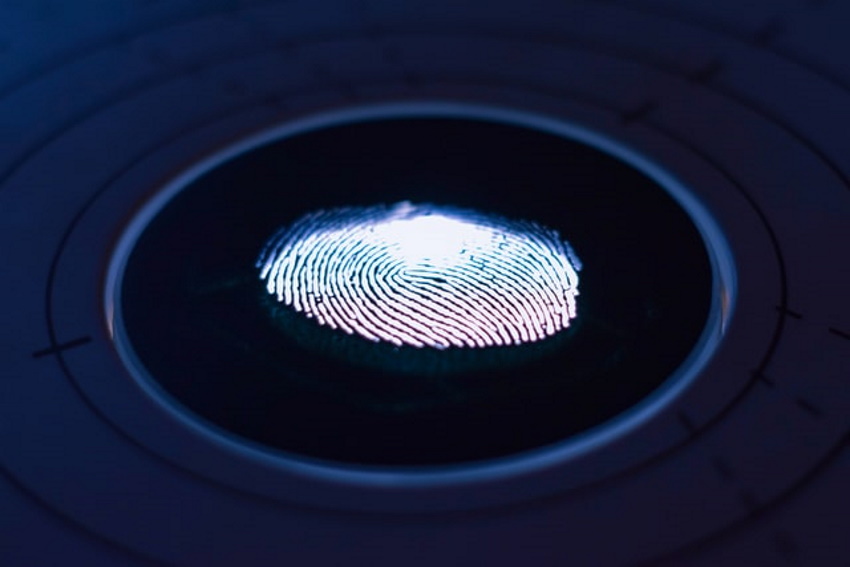A Look at How a Biometric Door Access System Works
Back in the day, biometric systems were confined to the world of science fiction. Fast forward to the 21st century and they have become an important part of our everyday lives. Nowadays, many of us interact with some form of biometric technology e.g unlocking our smart devices (phone, tablet, etc.), activating our home assistants (Google Homes, Siri, and Alexa), paying for purchased items, and so on.
Simply put, such technology is all around us and it is here to stay. In line with this, it has made a name for itself in the business sector by means of a biometric door access system. If you are a business owner and you are not still sold out with the idea of investing in the said system, then it is best to become familiarised with it. Afterward, you can decide if it is worth your hard-earned money.
What is a biometric door access system?
A biometric door access system is a door that safeguards your entry as well as exit points with the use of biometric technology. This, in an effort to establish an individual’s identity by means of physical attributes, behaviors, and so on. What makes it unique is that unlike conventional security systems that utilise access cards, passwords, codes, and others, a biometric door access system uses pre-set attributes that are saved in the database.
It then acts based on the accuracy of the comparison of the said attributes by means of fingerprints (the most common method), hand geometries, iris recognition, voice patterns, and even DNA information, among others.
A closer look at the process
Now that we have an idea of how it works, let’s take a closer look at the process and the components that it uses.
-
A Sensor Device
In general, the first step of a biometric door access system is to obtain verification data from an individual who is going to enter or exit a particular area of a facility. This is done with the use of a sensor device that forms the key interface between the system’s control structure.
-
A Quality Assessment Unit
After the sensor device gathers the data, they are extensively evaluated to determine whether they can be processed or otherwise. A lot of times, an algorithm is designed as well as applied to a particular set of data to improve their quality.
Later on, certain features are selected from the pool of data to represent the qualifying trait. This is called a biometric template and it is usually stored within a biometric door access system’s secure database.
-
Feature comparison and matching device
As soon as the chosen data have been extracted from the database, they are going to be compared to the stored template and later on matched to various identical points. The total number of matched points between the input as well as a template are then used to determine a score. In a biometric door access system, the matching device relies on it to confirm or deny an individual’s identity.
What makes a biometric door access system a cut above the rest?
One of the obvious advantages of a biometric door access system is that it is independently linked to a person and the chances of it being compromised by means of theft, loss, or deceit is low.
However, it should be noted that not all kinds of biometric door access systems on the market are going to suit all users. For this reason, it is best to compare available options on the market before shelling out your hard-earned money. This way, you can obtain a system that is relevant to your business.
michael collins

